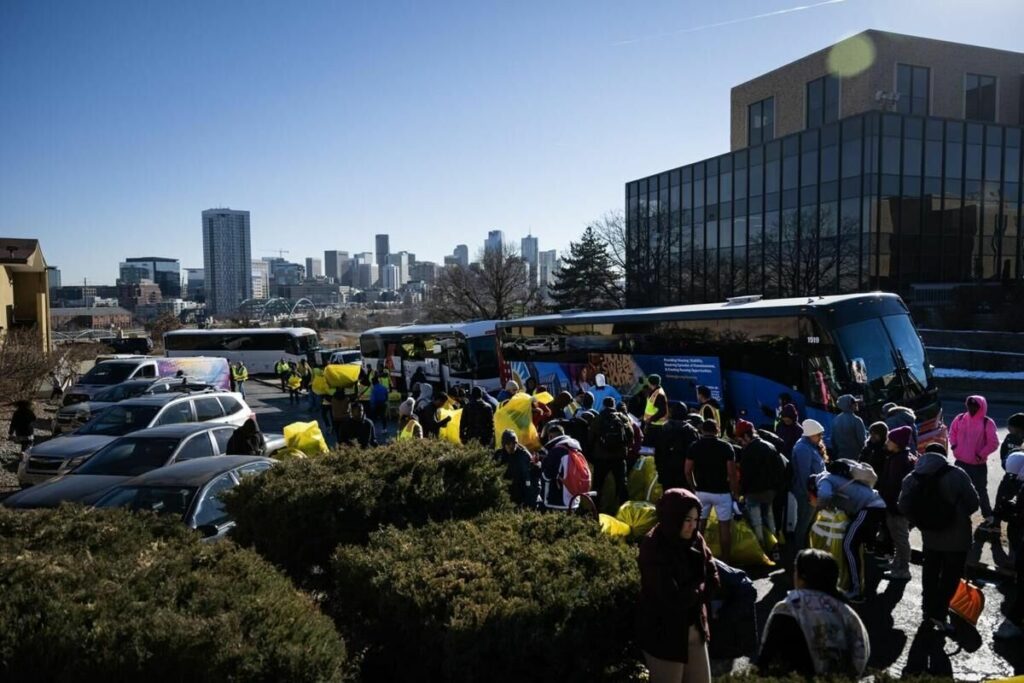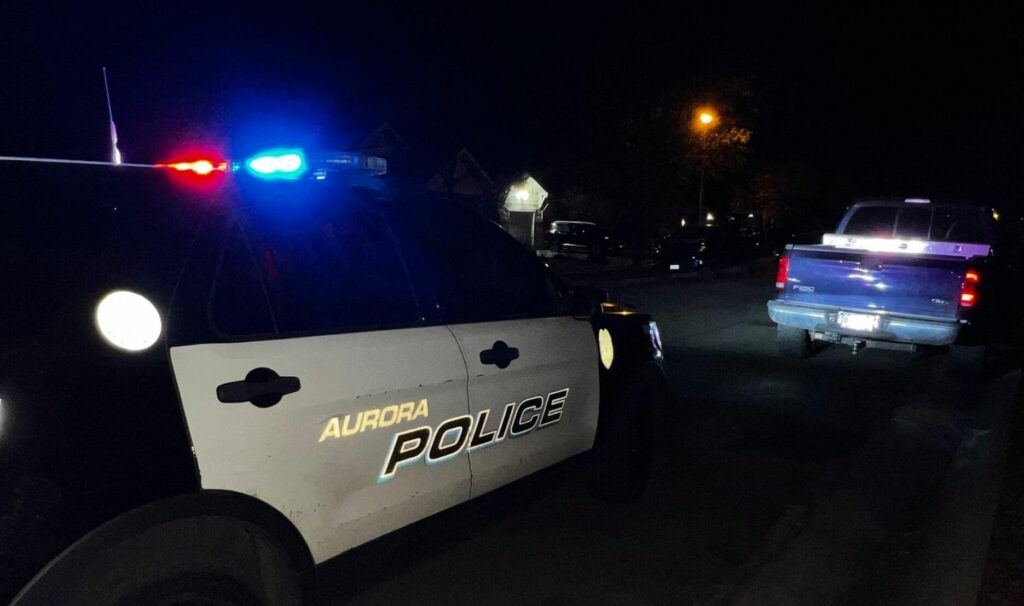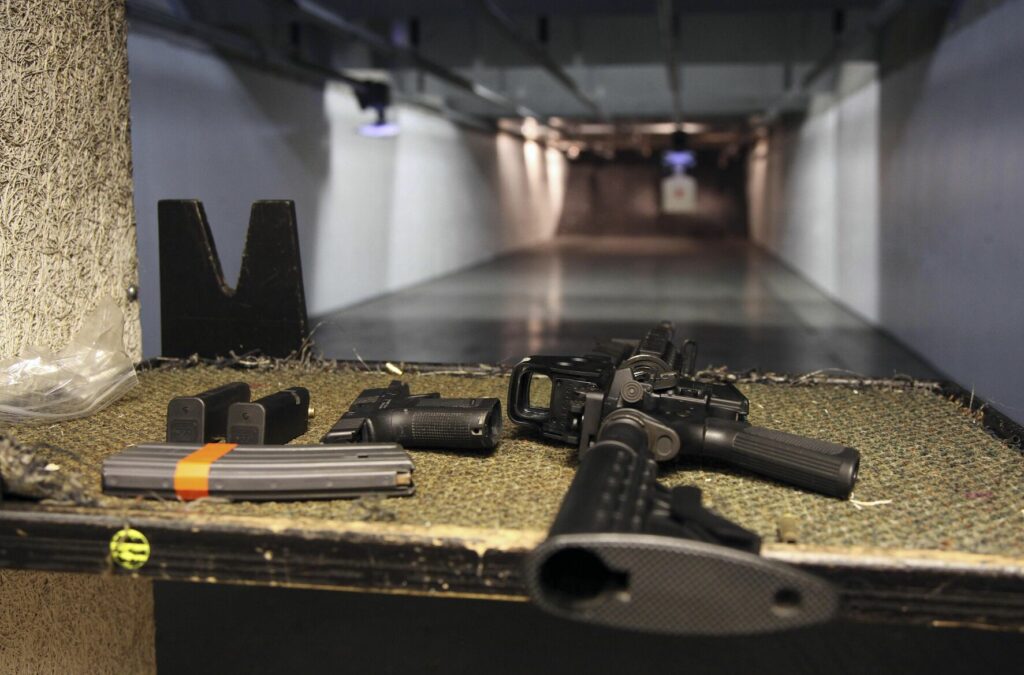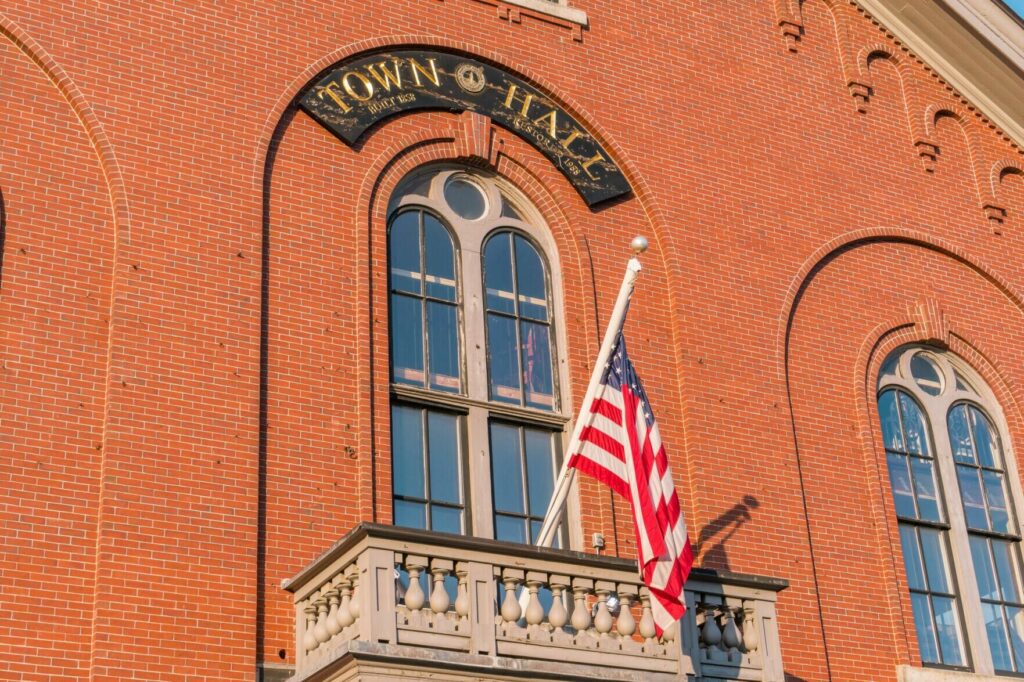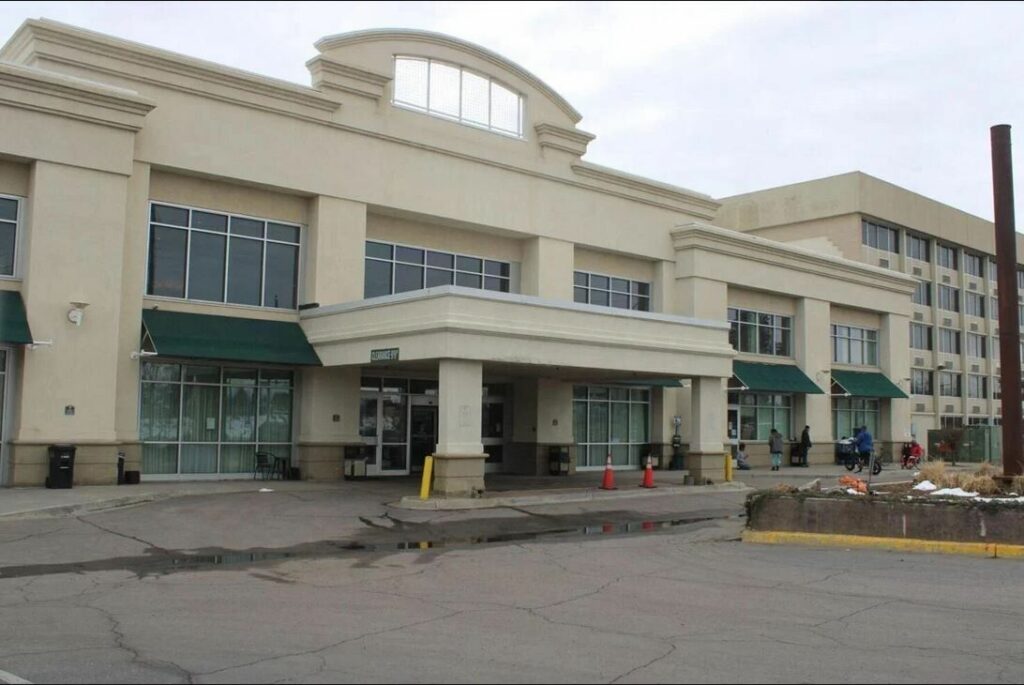Colorado Springs Gazette: Aurora, Colorado Springs bridge the racial gap
Gazette columnists and former Colorado College political science professors Tom Cronin and Bob Loevy wrote last week on a University of California at Berkeley study on “racial residential segregation” in the United States that may take some by surprise. Its upshot: The U.S. military is a prime mover in racial integration – including in Colorado.
The research work, dubbed “The Roots of Structural Racism Project,” effectively tries to quantify how the level of racial-demographic diversity of smaller census tracts – like individual cities – compares to a greater surrounding area, such as a county. Researchers term the larger region a “Core-Based Statistical Area.”
Using this methodology, the researchers derive a metric – an effective integration score – that they then use to grade municipalities all across the country for their level of racial integration.
The researchers term the metric “the divergence index.” It’s a measurement they say “better matches the common sense definition of segregation” as it assesses the statistical divergence of a tract – city – from the surrounding area – county.
As such, the researchers themselves say a place should seek to have a divergence index of “0,” as that measurement would indicate the demographics of more acute and more expansive local geographies do not differ. That would suggest no segregation. Higher values suggest higher divergence and, hence, higher segregation.
Going by this metric and 2019 data, the touted exemplars here in our state – complete with individually detailed “Segregation Story” write-ups – were Colorado Springs and Aurora. They were just two of nine cities, nationally, on which the researchers wrote these more detailed reports.
The Springs checked in with a divergence score of 0.079 – fifth-best of the 113 cities with more than 200,000 people that were analyzed. Aurora ranked near the middle of the pack, as the 64th most divergent, with a score at 0.2153.
If we take the research methodology at face value – a big if considering the totality of the “equity”-centric research report is explicitly rooted in a “national reckoning on race” and engineered to mine for “systemic racism” – we then of course wonder why Colorado Springs was rated so positively.
That’s especially the case considering many Coloradans view reputedly conservative Colorado Springs as a place that isn’t nearly as on board with the “racial reckoning” cultural movement as, say, Denver or Boulder.
Zeroing in on Colorado Springs’ segregation story, the researchers attribute the Springs’ statistical success to the integration pervasive in the U.S. military, stating “the military has had an interestingly positive relationship to residential integration” as it’s a “sector of employment that features significant social contact between racial groups.”
“And there is evidence of positive long-term outcomes of these interactions,” the report reads, further citing how the military employs 20% of Colorado Springs’ workforce.
As for Aurora, the researchers also cite the city’s long military history as a reason for its relative success compared to Denver – with the report describing Aurora as a “diverse enclave segregated from the larger Denver metro area.” The researchers specifically highlighted Buckley Space Force Base as one of the reasons to shine a light on the city. Researchers note Aurora’s population includes 10% military veterans.
We should value the military’s singular ability to unite an often-divided country, including when it comes to our society’s ethnic and racial diversity. It’s another reason to take pride in – and advocate for – the U.S. armed forces’ extensive and historic presence along the Front Range.
Colorado Springs Gazette editorial board



